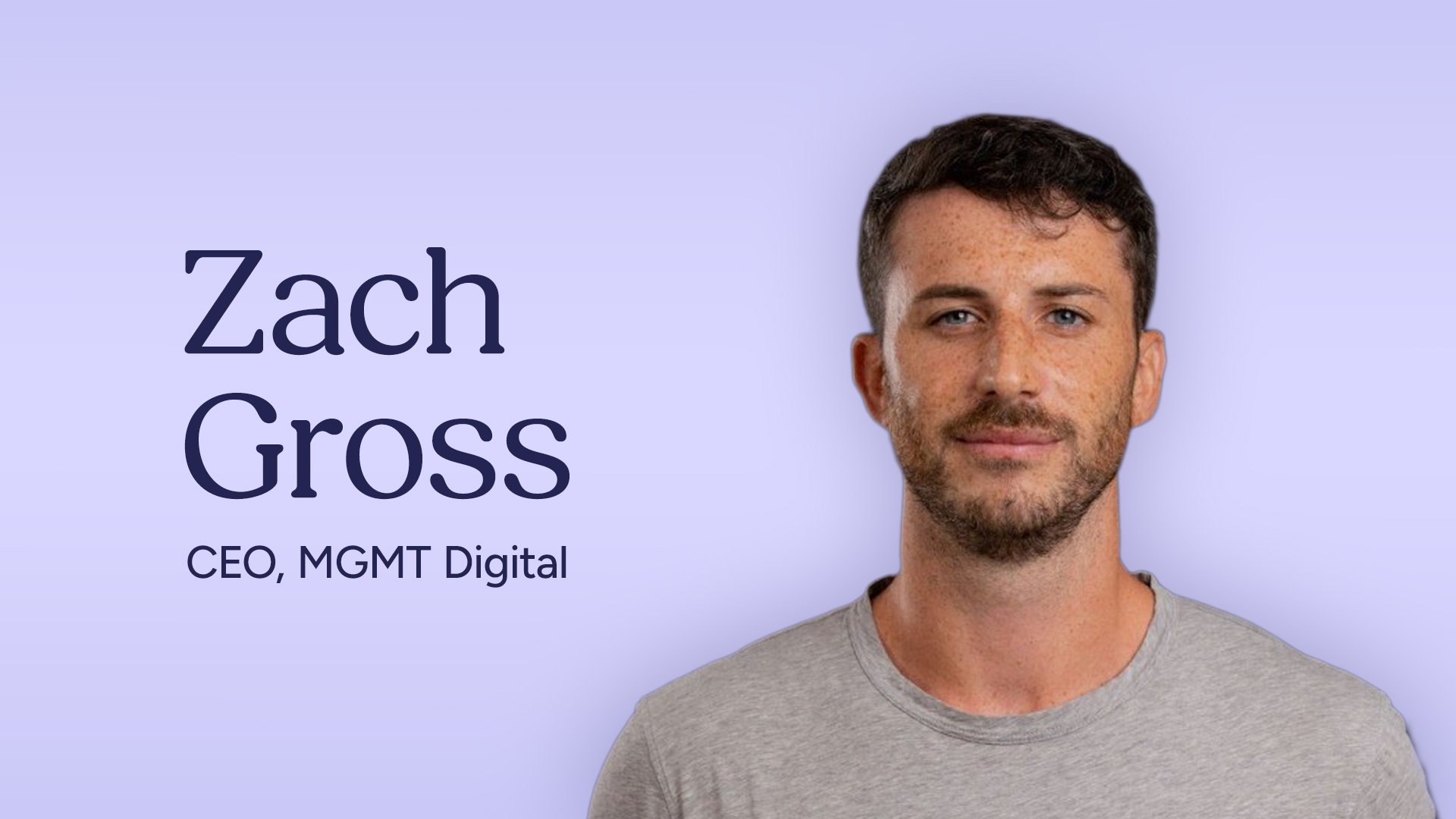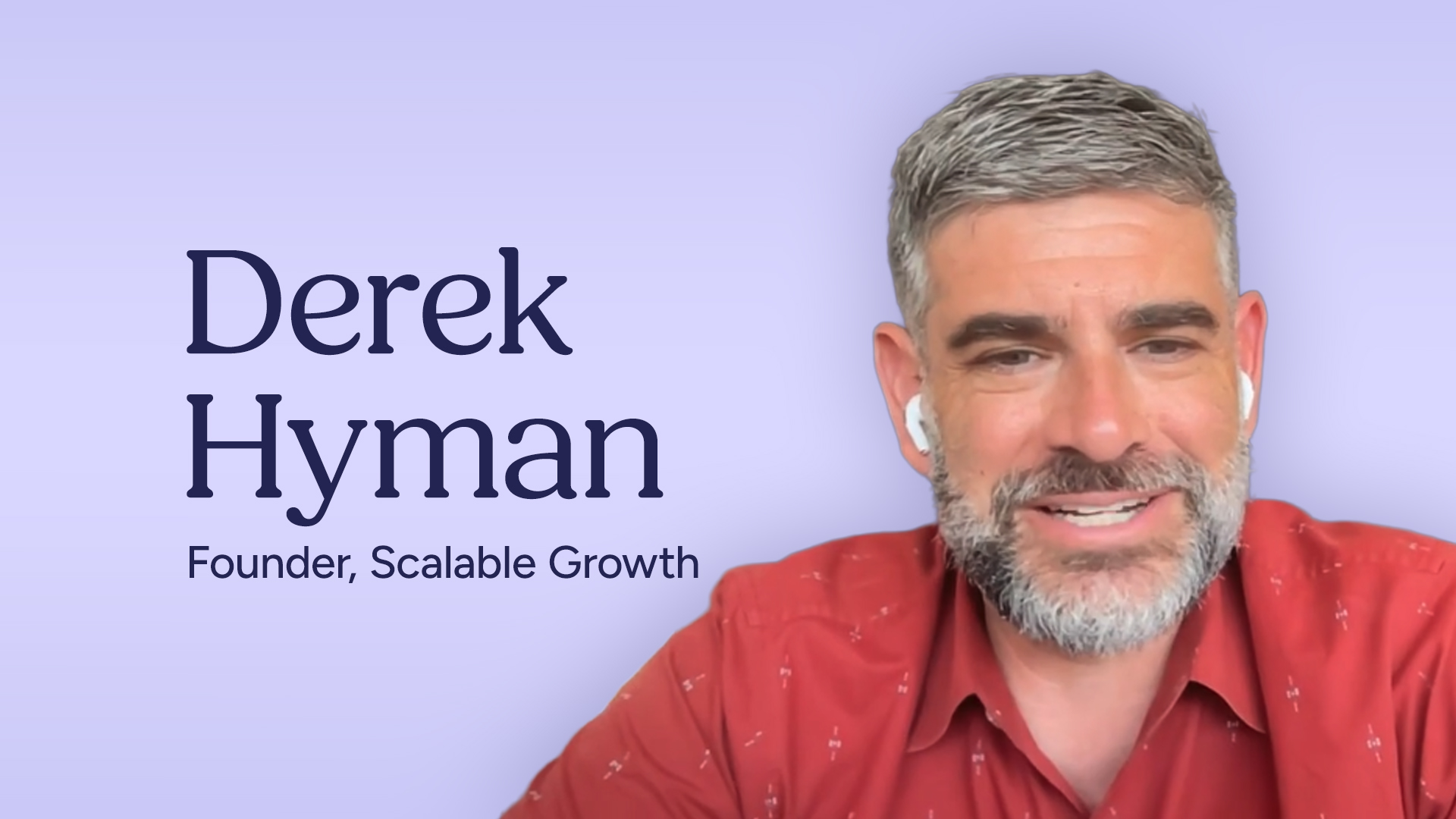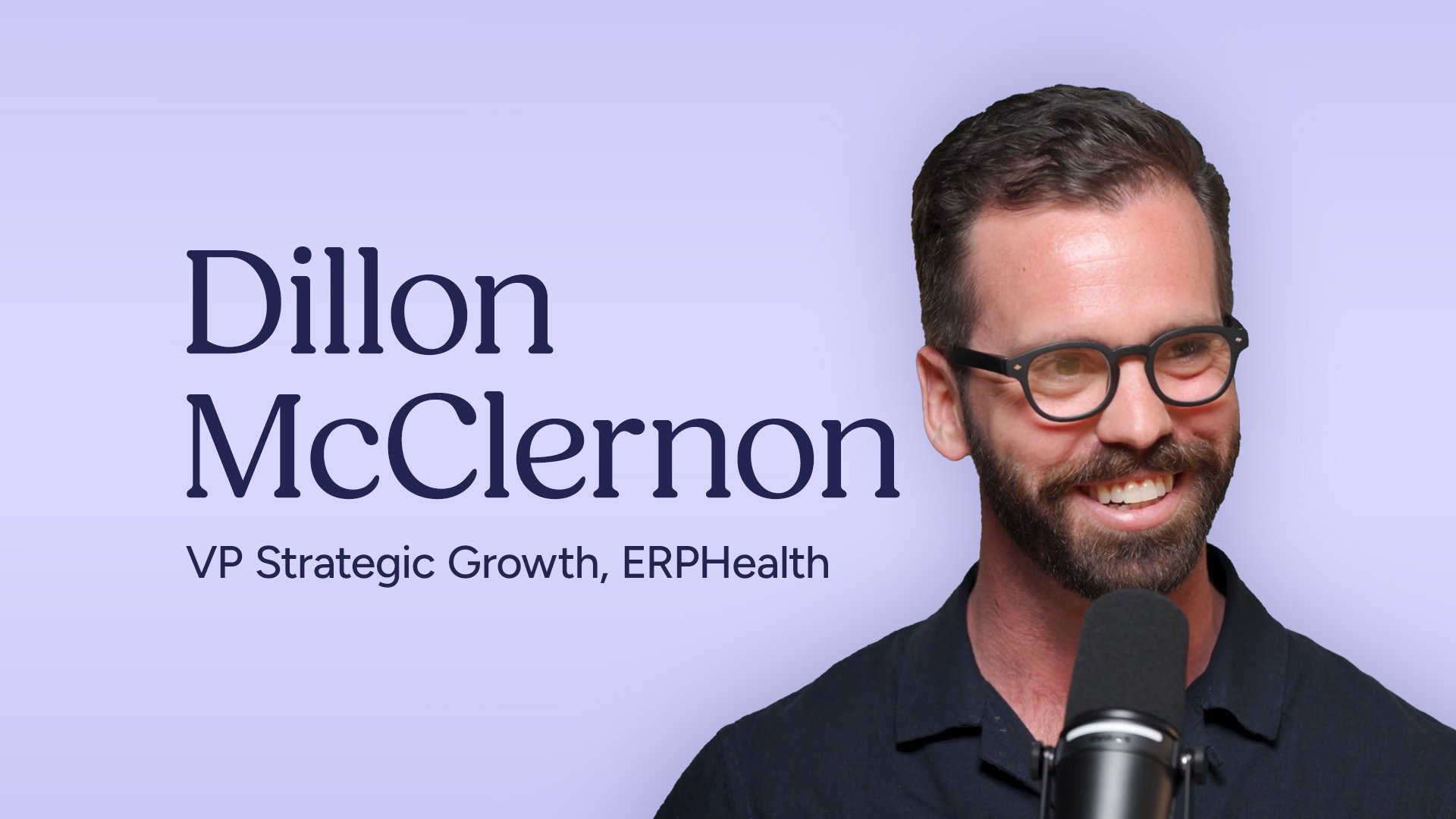Rebranding a Treatment Network: 11+ Lessons that Simplify Growth and Strengthen Trust
This article summarizes a conversation from the Recovery Reach Podcast, hosted by Andrew Averill, featuring DJ Prince, Vice President of Marketing at Guardian Recovery.
In the behavioral health world, few organizations have grown as quickly—or as intentionally—as Guardian Recovery.
What started as three regional facilities—a detox in Boca Raton, a residential center in New Jersey, and a program in Maine—has become a national treatment network operating across six states and counting.
Guardian serves patients through the full continuum of care, from detoxification and residential treatment to partial hospitalization and outpatient services.
That growth, while impressive, came with a branding challenge most treatment operators recognize. As new facilities opened, each one built its own identity.
Names like Boca Detox and Pine Tree Recovery Center resonated locally, but the overall story began to fragment.
The organization risked becoming a collection of well-intentioned islands rather than a unified whole.
By the time Guardian reached double-digit locations, the marketing team—led by DJ Prince—faced a pivotal question many expanding treatment centers eventually ask:
Should we keep acting like separate local brands, or unify under one powerful identity that builds trust and recognition nationally?
This article breaks down how Guardian answered that question, what they learned in the process, and what every treatment leader can take away from their multi-year transformation.
1. Understand the Starting Point: Scale, Speed, and Stakes
Guardian Recovery isn’t a boutique outpost—it’s a fast-scaling network.
When Prince joined seven years ago, the organization had three locations. Today it operates 22 locations across six states, with Wisconsin on deck, spanning the full continuum of care.
That scale matters. It makes brand decisions high-consequence for alumni trust, B2B relationships, payer compliance, and digital performance.
“We’re at 22 locations now… in six, soon to be seven states—Florida, New Jersey, Maine, New Hampshire, Colorado, Texas—and Wisconsin is on the roadmap,” said Prince.
Why this matters: Before making any identity shift, anchor the discussion in real operational complexity—locations, levels of care, referral flows, and payer realities.
- Count locations and states served.
- Map levels of care and transfer points.
- Identify top referral channels by volume and revenue.
- Document payer mix and compliance sensitivities.
2. House of Brands vs. Branded House: Learn the Language (and Tradeoffs)
Andrew frames the classic architectures: House of Brands vs. Branded House.
A House of Brands uses many discrete identities under one parent. A Branded House extends one parent name across offerings and locations.
Guardian initially operated as a House of Brands—Boca Detox, Immersion Recovery Center, Princeton Detox, Pine Tree Recovery Center, and others.
- Rationale then: Protect B2B referrals by appearing non-competitive. Build local affinity via city-anchored names.
- Reality now: The same advantages can become liabilities at scale.
3. Spot the Pain Early: When Architecture Starts Working Against You
As Guardian expanded, the friction multiplied.
- BD confusion: Multiple cards, multiple pitches, and time spent connecting brand dots instead of delivering value.
- Digital dilution: Separate sites and socials fractured effort and starved each brand of momentum.
- Targeting conflicts: Overlapping services and geographies created inefficient ad buys and messy journeys.
- Cross-pollination failure: Wins on one profile didn’t lift sister brands.
Prince’s question crystallized the moment: Is the juice worth the squeeze?
4. Build the Case Visually: Make the Strategy Obvious in One Slide
Resistance is natural. Facilities were opening, plans were set.
Prince created an “aha” sequence: one famous Branded House logo everyone knew; then several unknown logos that secretly belonged to one House of Brands; finally, the Guardian mark with city modifiers.
“This is what we’re missing,” Prince told leadership.
Seeing Guardian Miami, Guardian Delray, Guardian New York made the memory and scale advantages tangible.
5. Invest in Research to De-Bias Decisions
Rather than rebrand by instinct, Guardian brought in a third-party brand firm.
That decision minimized internal bias and increased organizational buy-in when findings contradicted assumptions.
- What do families actually prioritize?
- How do alumni and staff perceive legacy brands?
- What do one-way referrers (EAPs, unions, discharge planners) value most?
The goal: let the data lead.
6. Embrace the Big Surprise: Simplicity Beats Locality
The research challenged a core assumption: that local brand names were decisive for families.
Families under duress prioritized availability, cost/coverage, and simplicity over clever names.
Many couldn’t recall program names—only the city or that the patient moved from “the place in Portland to the place in Florida.”
“People are in crisis… we need to make it simple,” Prince emphasized.
- Use plain-language descriptors of services and locations.
- Reduce logo changes across levels of care.
- Make transfers feel like continuity, not a handoff.
7. Map the Referral Reality: Who Actually Cares About the Name?
Not all referrers value brand equally.
- Two-way referrers (programs exchanging patients) may avoid direct competitors.
- One-way referrers (discharge planners, clinicians, EAPs, unions) prioritize trust, availability, and outcomes.
“I refer to Josh… wherever Josh tells me to send this patient, that’s where the patient goes,” Prince heard from a clinician partner.
A stronger parent brand improves national recognition without breaking people-based relationships.
8. Pilot First, Measure Ruthlessly
Guardian avoided “big-bang” change. It piloted with a lower-risk location with limited legacy equity.
They built KPIs across four buckets and sequenced legal work to protect revenue.
- Clinical & Ops: AMA rates, staff retention, census continuity.
- BD Impact: Referral volume by category; net new vs. returning partners.
- Digital: Local SEO movement, paid media CPA, conversion rates.
- Revenue Cycle: Denials during legal/name-change intervals.
Outcome: No insurance disruption. No adverse shifts in clinical or staff metrics.
Digital performance lifted—especially local SEO—and CPA fell as naming aligned to service and geography.
“Everything else stayed steady… and our digital performance went up,” Prince reported.
9. Choose Naming That Communicates, Not Just Decorates
Guardian adopted a clear convention:
- Strong legacy equity? Use a co-brand: Guardian Recovery: Plymouth House.
- Limited equity or net-new? Use Service + City: Guardian Recovery: Montville Adolescent Center, Guardian Recovery: Saddlebrook Counseling Center.
This serves families with clarity and gives search engines better intent alignment.
- Keep the parent brand constant.
- Add a human-readable modifier (Service + City).
- Preserve select legacy names via co-branding when community equity is deep.
10. Orchestrate the Rebrand Like an Enterprise Change Program
Rebranding across states, licenses, and payers is not a color swap. It’s a cross-department program with compliance-critical checkpoints.
Guardian formed a Name-Change Committee (15 minutes, biweekly): Marketing, HR, IT, Legal/Compliance, Billing/Revenue Cycle.
The iceberg under the logo:
- Legal & Reg: Corporate filings, state licenses, NPIs, payers, IRS name changes, and contracts in flight.
- Revenue Cycle: Payer notifications, EDI, clearinghouses, claims naming consistency.
- Digital: Domains, redirects, site reskins, schema, GBP, NAP consistency, UTM updates.
- Marketing Ops: Phone trees, print collateral, brochures, event assets, signage.
- Comms: Alumni notices, referral updates, email/SMS, social announcements, in-facility FAQs.
- Data & Measurement: Pre/post dashboards across clinical, BD, digital, and RCM.
Process tips: Build a Gantt that reflects legal lead times (e.g., IRS can take months). Use DBAs where legal renames lag, so front-of-house aligns sooner.
11. Keep “Client First” as the North Star
Throughout the discussion, Prince returned to a single principle: Does this change improve the patient experience and outcomes?
“If the answer is yes for the patient, we’re doing it. If the answer is no, then we’re not.”
A Branded House clarified the journey. Families see one brand across levels of care.
Transfers feel like continuity, not a handoff to strangers. Alumni understand where to refer loved ones—without friction.
12. Expect Nuance—and Don’t Let It Paralyze You
Industry insiders focus on distinctions that matter clinically: adolescent vs. adult, MH vs. SUD, detox vs. PHP.
Those differences are real. But for families taking a first step, they can be overwhelming.
Keep clinical specificity in your programming and intake triage. Keep brand simplicity in your top-of-funnel identity.
Use service-line descriptors where they clarify choice—not where they complicate it.
13. Measure What Matters (and Accept What Doesn’t)
Some metrics won’t move, and that’s a win.
In Guardian’s pilot, staff retention and AMA stayed stable. Alumni engagement held.
Digital efficiency improved—a pattern you want: no harm where stability is desired, gains where scale matters.
- Clinical: AMA %, length of stay, readmits.
- Access: Time-to-admit, placement speed across levels of care.
- BD: Referral volume by category, partner retention, geographic spread.
- Digital: Organic impressions, local pack ranks, conversion rates, CPA.
- RCM: Clean claim rate, denial reasons, DSO, net collections.
14. Communicate Like a Human: Short, Clear, Reassuring
During transitions, plain language beats polished jargon.
- Tell alumni and families what’s changing and what’s not.
- Provide FAQs at the front desk and on the site.
- Script call-center prompts so parents using the old name get to the right place fast.
- Use co-branded phrasing during the switchover.
15. Culture Carries It: Celebrate the Change and the People
Rebrands are marathons. Keep energy high by celebrating milestones and recognizing the people doing the work.
“There was no part in this process that I was like, I hate this… Seeing the new brand show up on signage… that’s real,” Prince said.
A successful brand is a company habit, not a file in Figma. Make it visible, repeatable, and worth being proud of.
16. The Payoff: National Signal, Local Clarity, Operational Leverage
Prince’s verdict was clear: the change was worth it.
Unifying under a Branded House delivered national recognition, simplified journeys, digital economies of scale, stronger alumni clarity, and a cleaner BD story for unions, EAPs, and multi-state employers.
That combination compounds with every opening.
17. If You’re Considering the Same Move, Start Here
A practical roadmap helps leaders act with confidence.
- Baseline reality: Scale, services, states, payer mix.
- Commission research: Families, alumni, BD, employees.
- Prototype visuals: Make the future state obvious.
- Select a pilot site: Keep risk low; define success.
- Define KPIs: Clinical, BD, digital, RCM.
- Stand up governance: Name-change committee with biweekly check-ins.
- Sequence legal: Respect lead times; use DBAs where needed.
- Communicate early: Alumni, partners, staff, families.
- Measure & publish: Share wins; refine playbook.
- Scale in waves: Protect legacy equity via co-branding.
Mindsets that help: Client-first always. Simplicity over cleverness. Visual proof over verbal debate. Pilot, then scale.
Key Quotes to Carry Forward
- On scale and ambition: “We’re at 22 locations now… and Wisconsin is on the roadmap.”
- On the core principle: “If the answer is yes for the patient, we’re doing it. If the answer is no, we’re not.”
- On the north star of simplicity: “People are in crisis… we need to make it simple.”

 By
By


